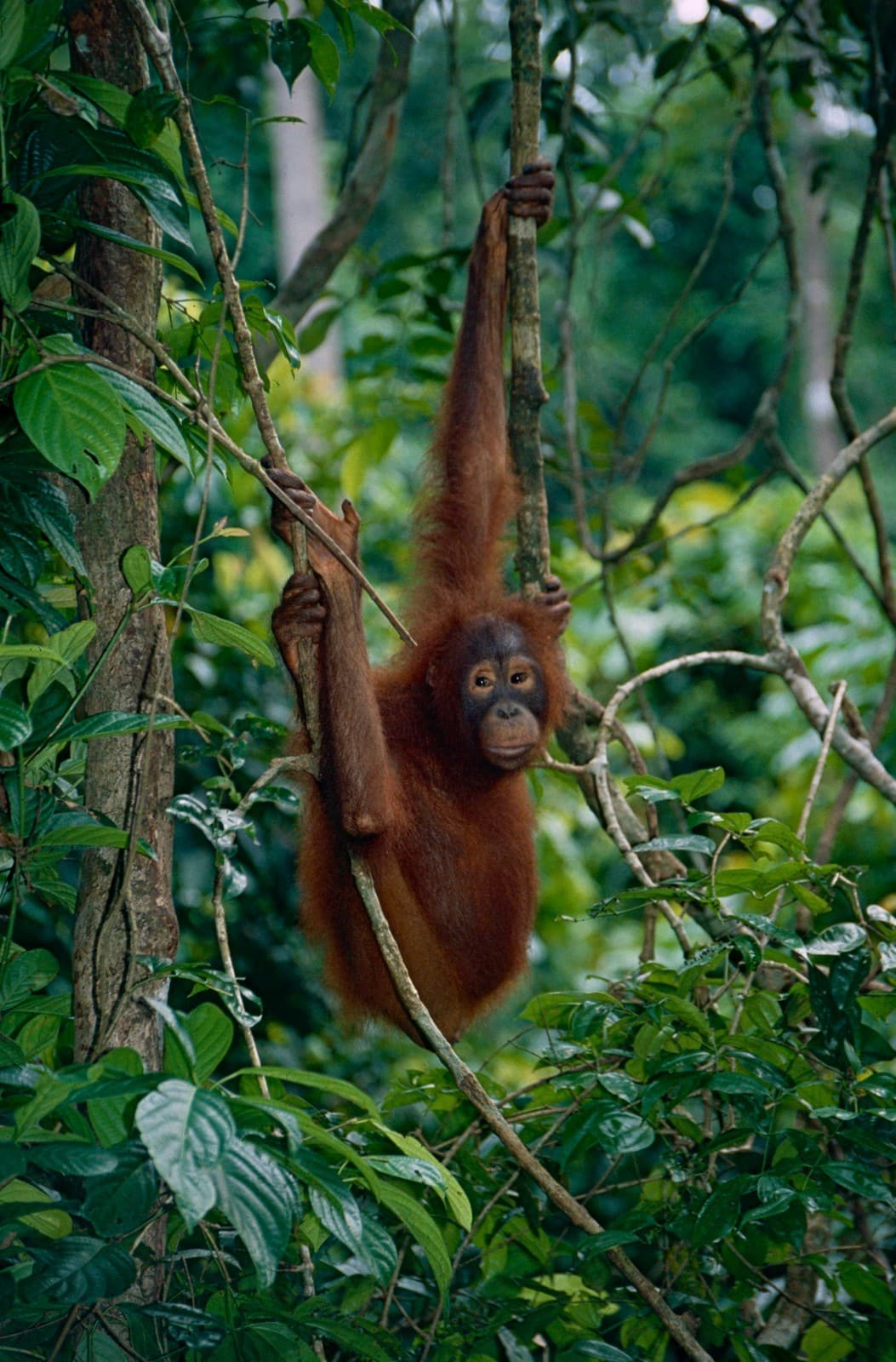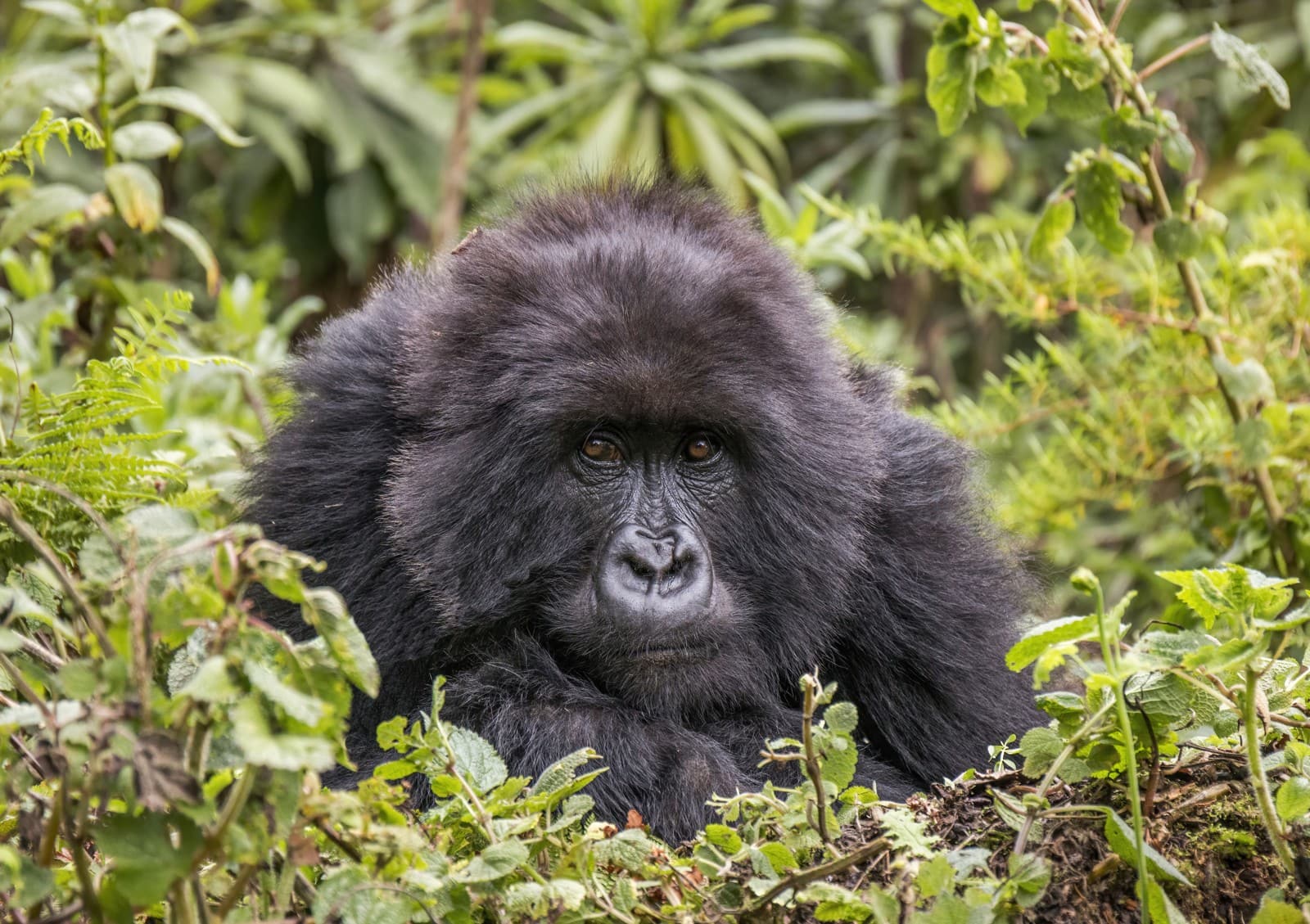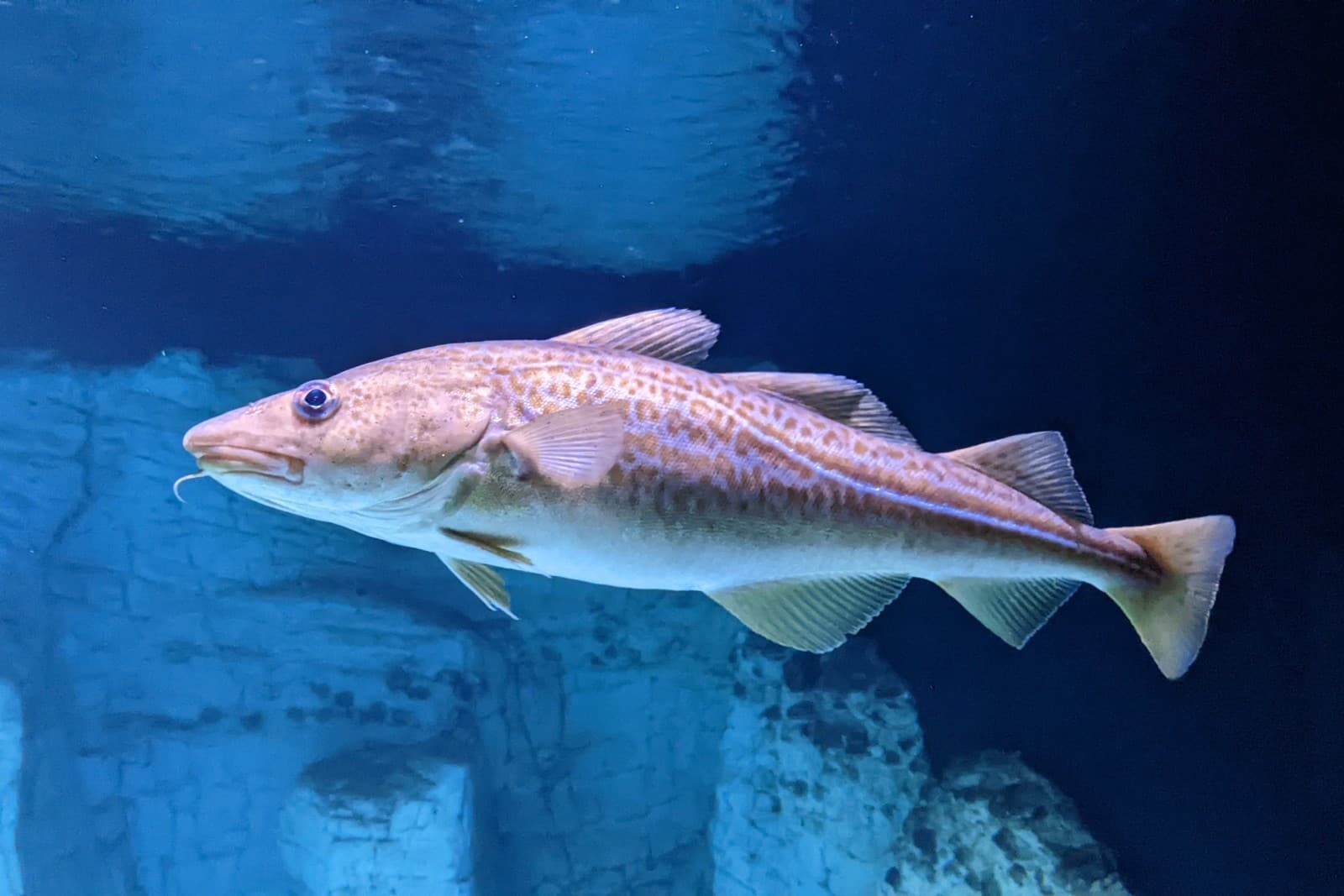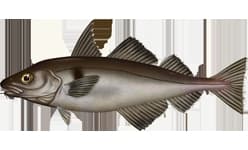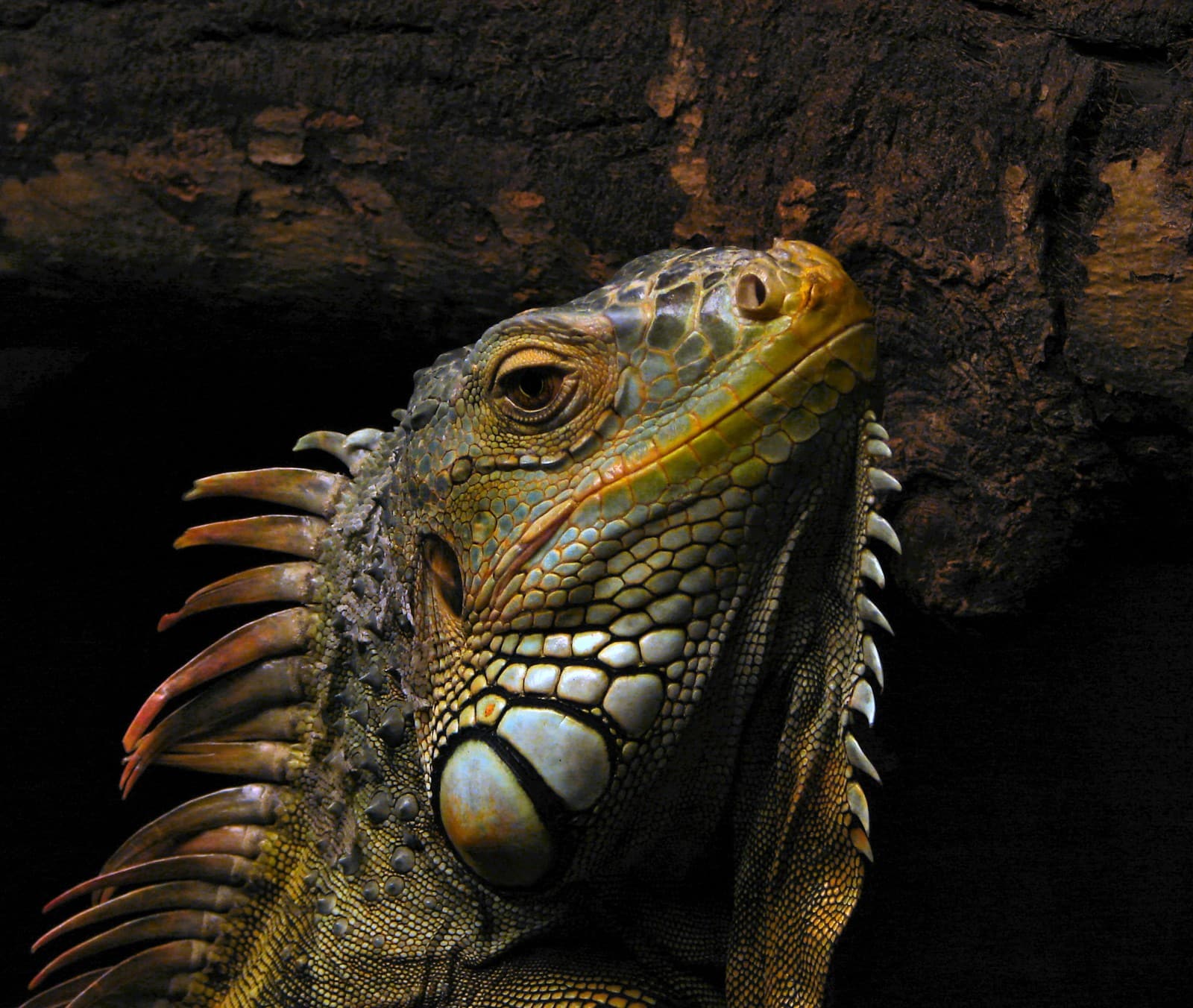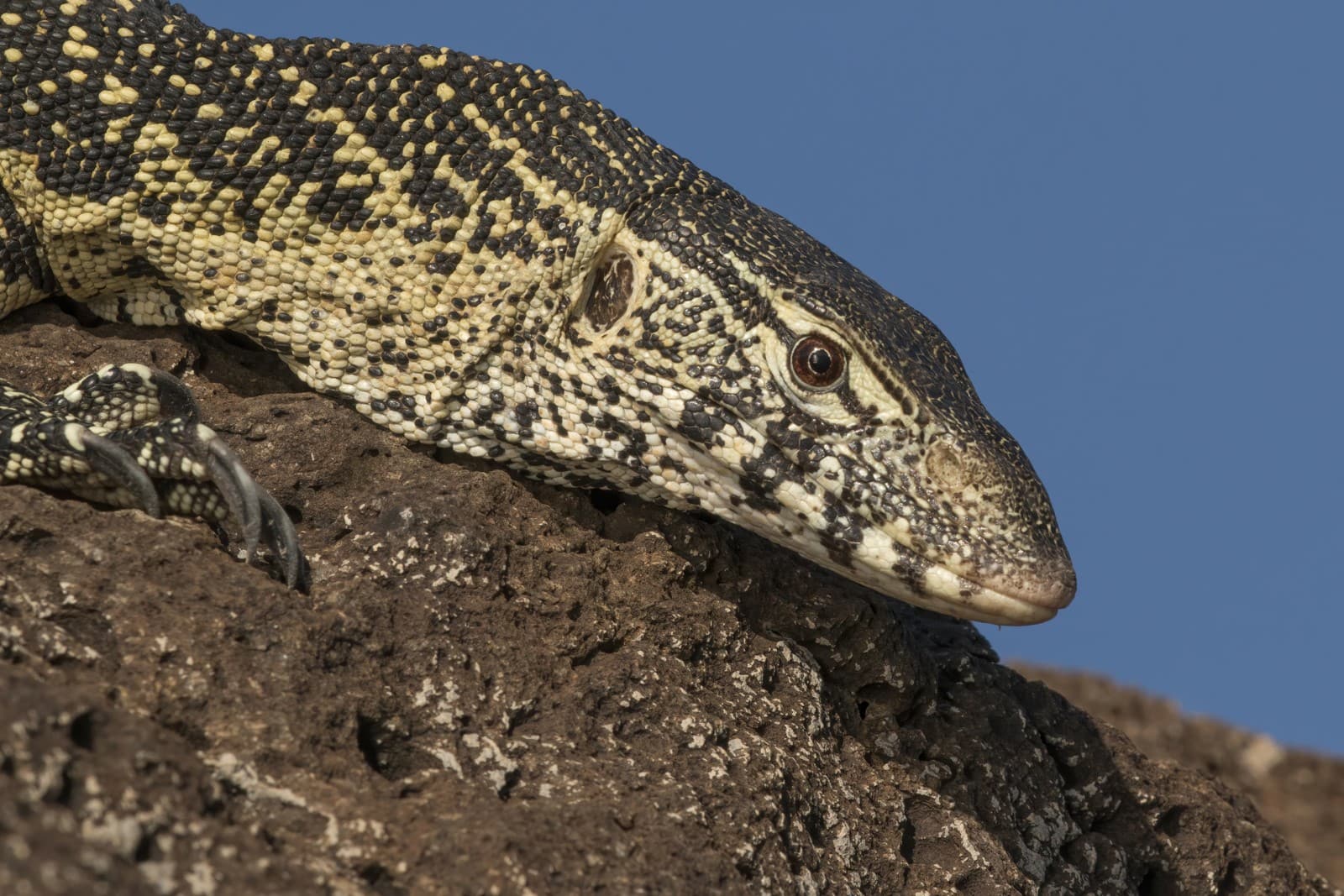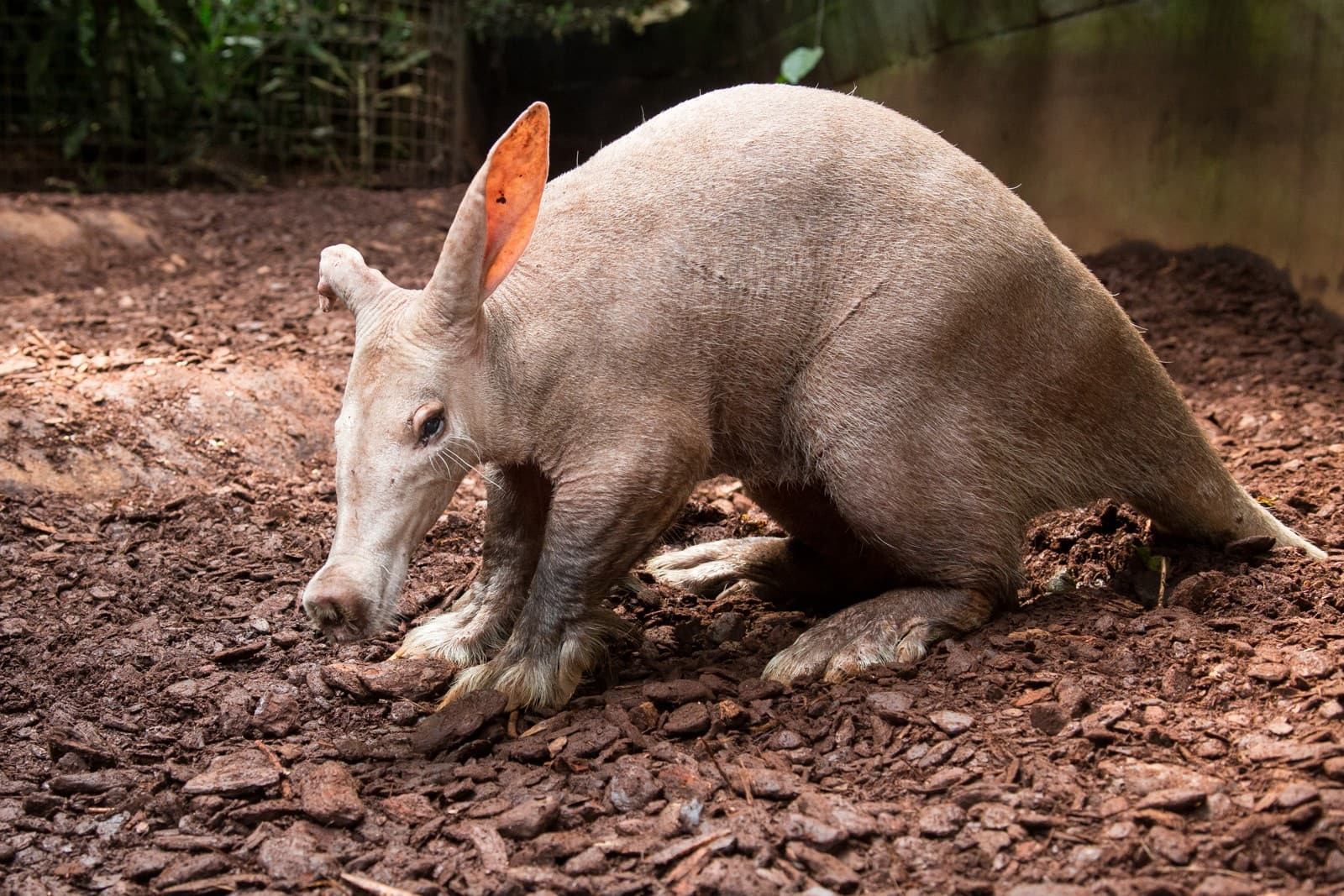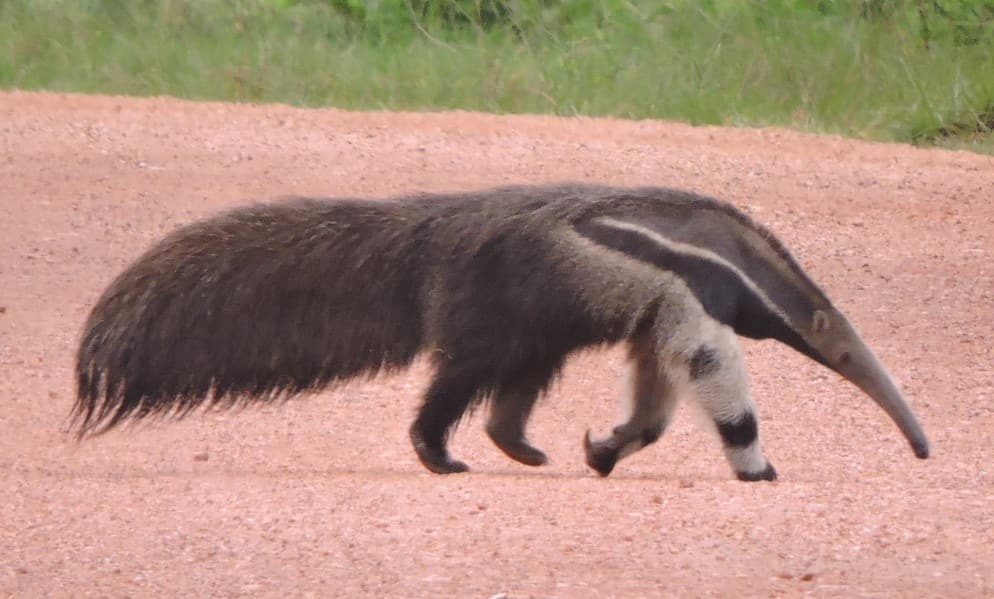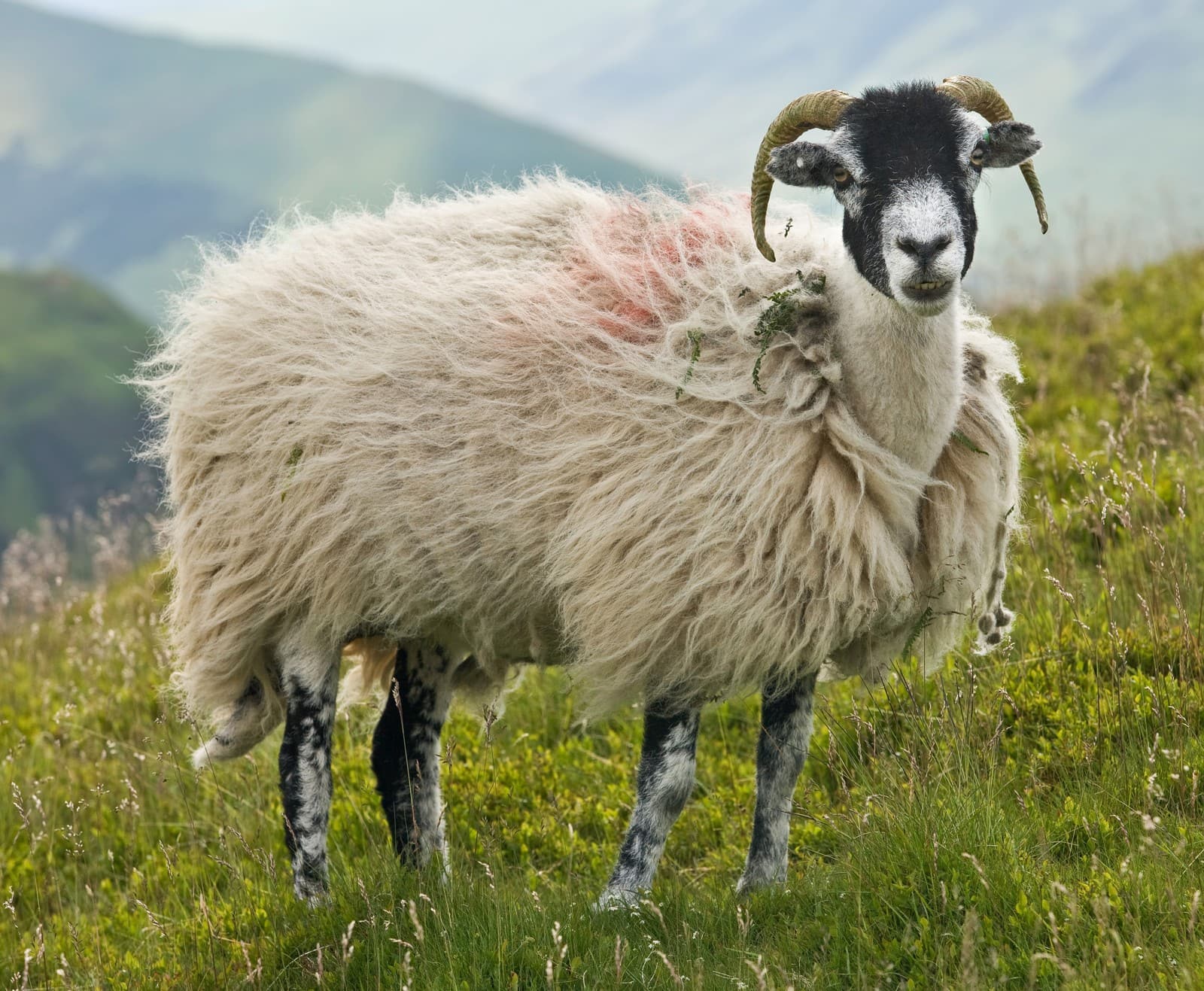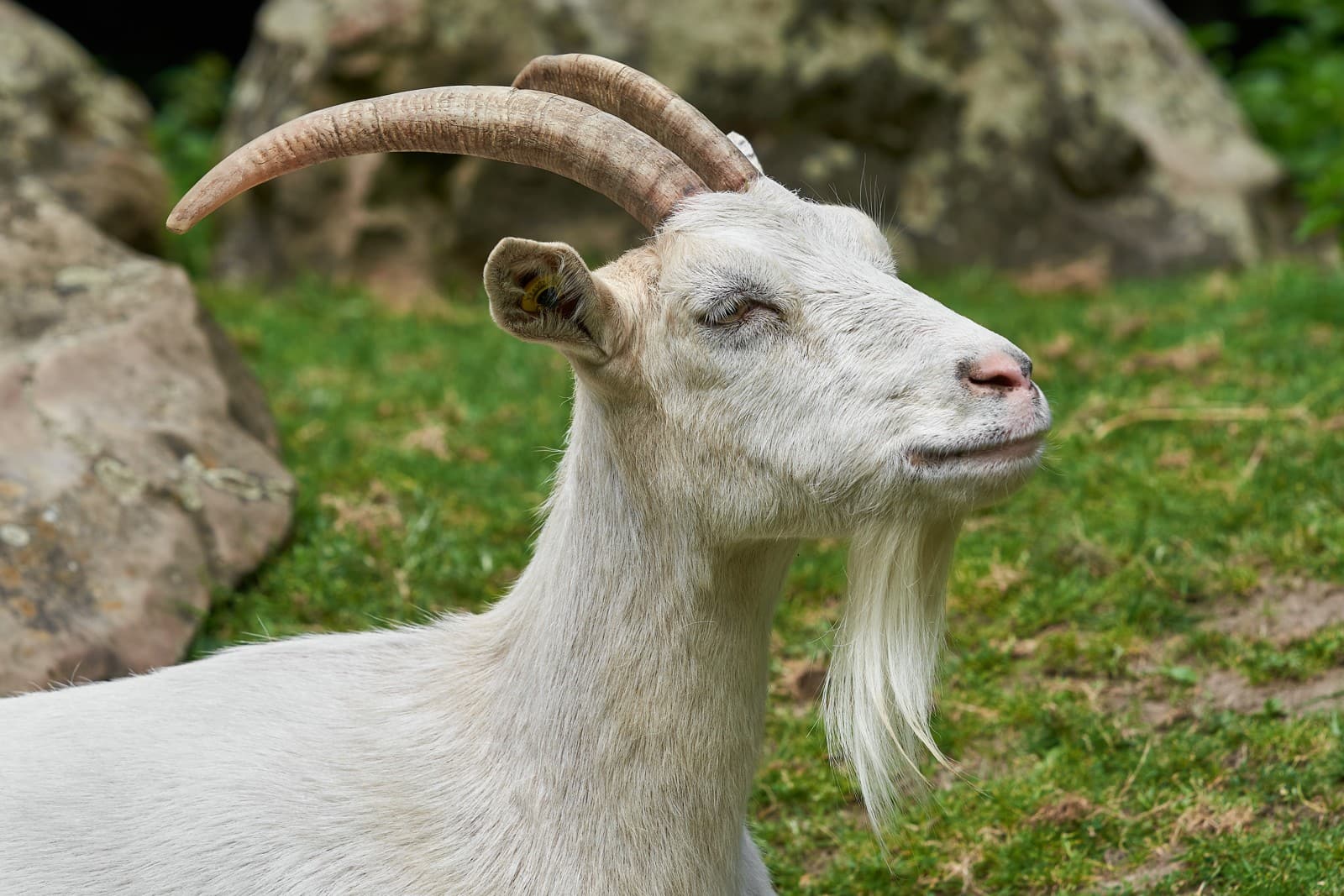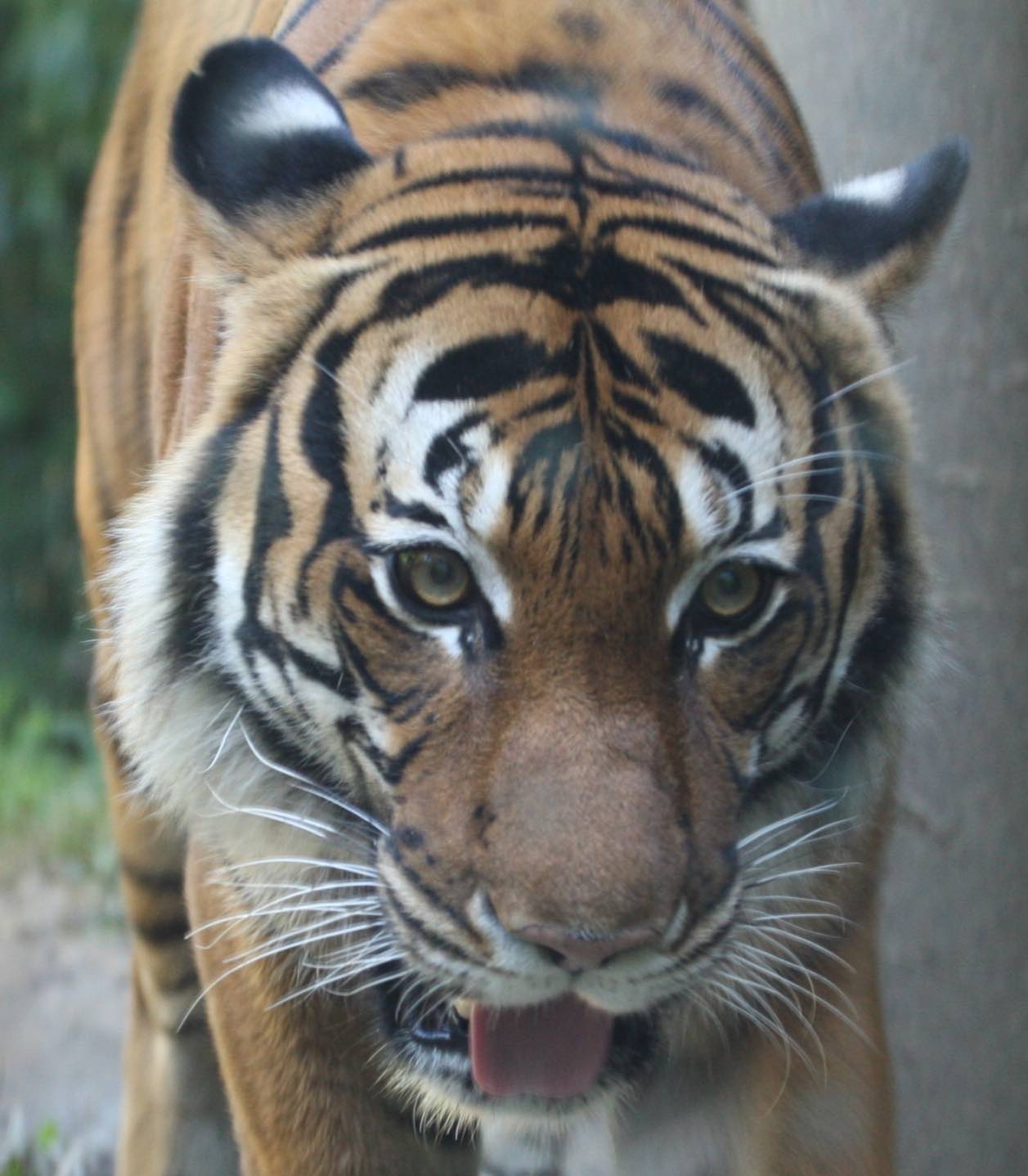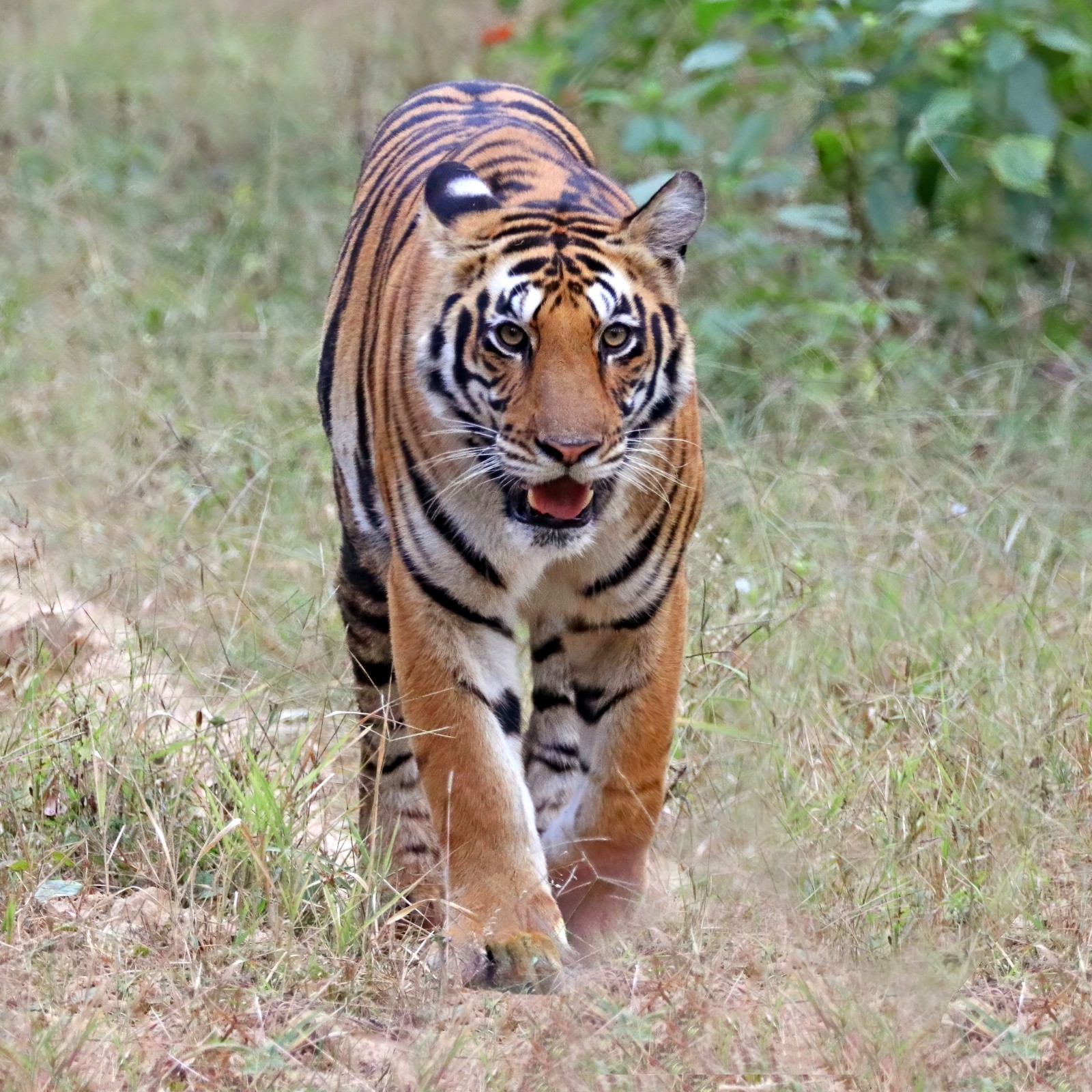Gibbon vs Orangutan: A Complete Comparison
When comparing gibbons vs orangutans, we’re examining two fascinating but distinctly different Asian apes. While both are exceptional tree-dwellers, gibbons are smaller “lesser apes” weighing 11-26 pounds (5-12 kg), while orangutans are massive great apes reaching up to 200 pounds (90 kg). Their evolutionary paths have led to unique adaptations in body structure, movement patterns, and social behavior.
These remarkable primates showcase different approaches to arboreal living. Gibbons are the acrobats of the rainforest, capable of brachiating at speeds up to 35 mph (56 km/h) through the canopy. Orangutans, despite their larger size, demonstrate remarkable precision in their methodical tree-top movements, carefully testing branches before transferring their weight.
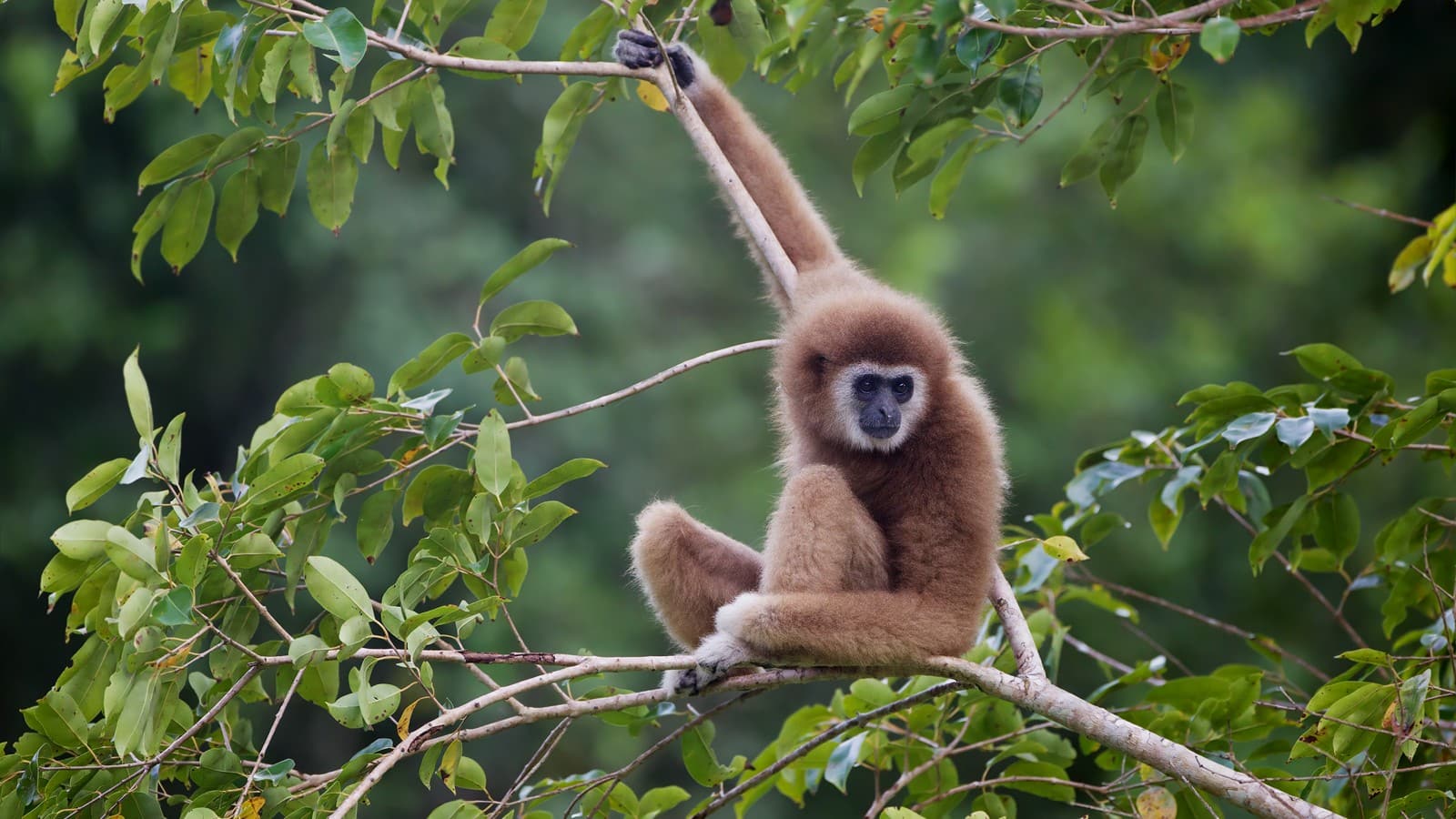
© JJ Harrison (jjharrison89@facebook.com) / CC BY 3.0
The gibbon demonstrates its characteristic agility, with proportionally longer arms that enable its spectacular brachiation through the forest canopy. These smaller apes are true masters of aerial locomotion, spending almost their entire lives above ground.
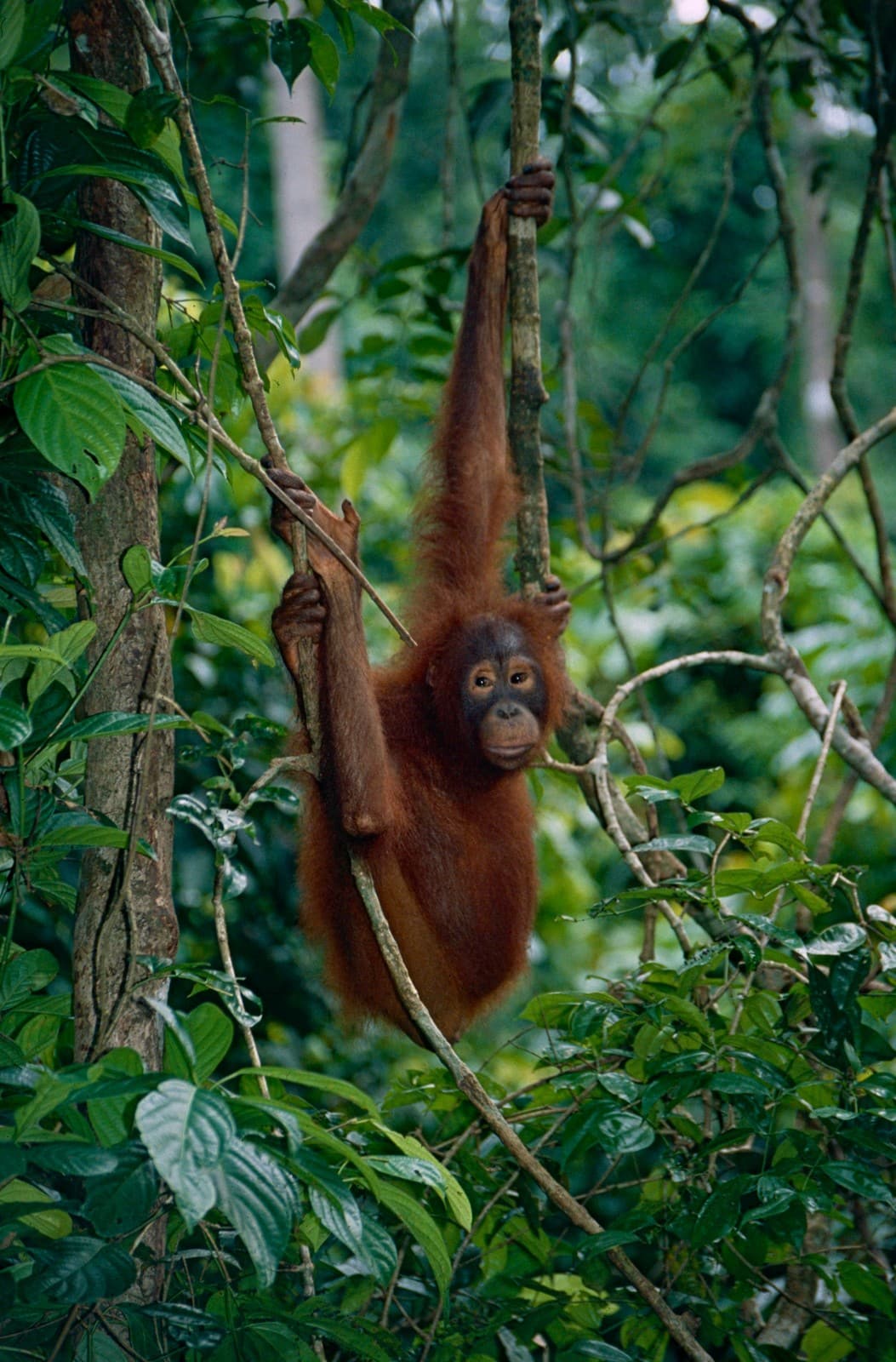
© Bernard DUPONT from FRANCE / CC BY-SA 2.0
An orangutan showcases its powerful build and deliberate movement style, characteristic of these largest arboreal mammals. Their incredible strength and problem-solving abilities allow them to construct elaborate nests and navigate complex forest environments.
Key Physical and Behavioral Differences
| Feature | Gibbon | Orangutan |
|---|---|---|
| Size | 16-26 inches (40-65 cm) | 4-5 feet (1.2-1.5 m) |
| Weight | 11-26 pounds (5-12 kg) | 66-200 pounds (30-90 kg) |
| Arm Length | 1.5x body length | 1.5x body length |
| Social Structure | Monogamous pairs | Generally solitary |
| Movement Style | Brachiation | Quadrumanous climbing |
| Intelligence Level | Complex vocal learning | Advanced tool use |
Habitat and Distribution
Gibbons and orangutans occupy different niches within Southeast Asian rainforests. Gibbons range across mainland Southeast Asia and Indonesia, inhabiting primary and secondary forests at various elevations. Orangutans are now restricted to the islands of Borneo and Sumatra, preferring lowland rainforests with abundant fruit trees.
Movement and Locomotion
Gibbon’s Aerial Expertise
Gibbons are unmatched in their brachiation abilities, using their specialized ball-and-socket wrist joints to swing effortlessly between branches. Their movement includes:
- Speeds up to 35 mph (56 km/h)
- Gaps of up to 50 feet (15 m)
- Remarkable accuracy in catching and releasing branches
Orangutan’s Calculated Navigation
Orangutans move with deliberate precision, using their exceptional strength and problem-solving abilities to:
- Test branch stability before moving
- Create complex routes through the canopy
- Distribute weight effectively across multiple supports
Intelligence and Social Behavior
Both species demonstrate remarkable intelligence but express it differently. Orangutans excel at tool use and problem-solving, regularly crafting implements for food extraction and shelter construction. Gibbons showcase complex social intelligence through their elaborate vocal duets and strong family bonds.
Conservation Status
Both species face significant conservation challenges:
- Gibbons: Multiple species critically endangered due to habitat loss
- Orangutans: Both species (Bornean and Sumatran) critically endangered
- Primary threats: Deforestation, hunting, and human encroachment
Who Would Win in a Physical Encounter?
While such encounters rarely occur in nature due to different habitat preferences, an orangutan’s superior size and strength (able to lift up to 500 pounds/227 kg) would prevail over a gibbon’s agility in any direct confrontation. However, both species naturally avoid conflict, focusing instead on their specialized niches within the forest ecosystem.
Diet and Feeding Habits
Gibbons and orangutans show distinct feeding strategies:
- Gibbons: Primarily frugivorous, supplementing with leaves and insects
- Orangutans: Omnivorous, consuming over 400 food items including fruits, leaves, bark, and insects
This dietary flexibility has helped both species survive in their rapidly changing environments, though habitat loss continues to threaten their existence.
